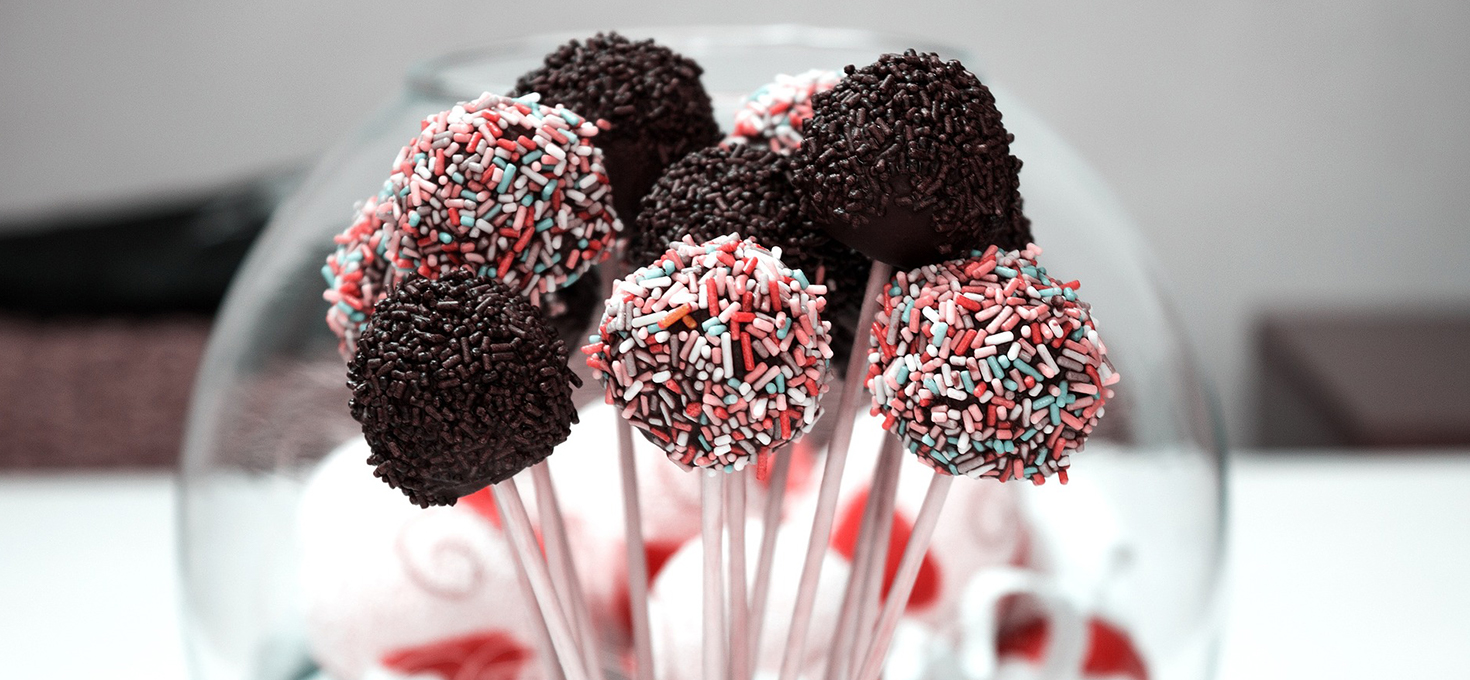**Three-Coat Paint: A Protective Coating for Circuit Boards**
Three-coat paint, also known as three-proof paint, is a specialized coating designed to protect circuit boards and their associated components from environmental damage. It offers excellent resistance to extreme temperatures and cures into a transparent protective film. This coating provides protection against chemicals (such as fuel and coolant), vibration, moisture, salt spray, humidity, and high heat. Without proper protection, circuit boards may suffer from corrosion, mold growth, and short circuits. Three-coat paint ensures superior insulation, moisture resistance, leakage prevention, dust protection, corrosion resistance, anti-aging properties, anti-mold performance, and resistance to electrical corona.
**The Effect of Three-Coat Paint**
Moisture is one of the most common and damaging factors for PCBs. Excessive moisture can significantly reduce the insulation resistance between conductors, accelerate decomposition, lower the Q value, and corrode the metal traces. You often see copper parts on PCBs developing oxidation or becoming tarnished when not coated with three-coat paint. Applying this coating helps prevent performance degradation in harsh environments. If the coating maintains its effectiveness for a period longer than the product's lifespan, it has successfully fulfilled its purpose.
**Three-Coat Paint Components**
**Acrylic-Based Paints**
Acrylic-based three-coat paints are flexible and offer comprehensive protection. As a one-component system, they provide good adhesion, simple application, low equipment requirements, and high transparency. They dry quickly, are easy to remove with solvents, and are widely used due to their versatility and effectiveness. Some acrylic products meet military standards, making them ideal for critical applications.
**Is Three-Coat Paint Toxic?**
The toxicity of three-coat paint depends on the type of formulation and the solvents used. Paints containing toluene or xylene as diluents can be harmful to human health. However, those using alcohols or lipids are less toxic. Xylene is moderately toxic and can irritate the eyes and respiratory tract. At high concentrations, it may have anesthetic effects on the central nervous system. Even though eco-friendly options are available, it’s still advisable to wear protective gear, such as a gas mask, during application.
**Application Methods of Three-Coat Paint**
1. **Brushing** – Ideal for smooth surfaces, providing an even and consistent coating.
2. **Spraying** – Suitable for small-scale use with spray cans or large-scale production with spray guns. However, it requires precision to avoid shadow areas where the coating doesn’t reach.
3. **Automatic Dipping** – Ensures complete coverage without waste from over-spraying.
4. **Selective Coating** – Offers precise application and minimal material waste, ideal for mass production. Special covers or masks are used to protect areas that shouldn’t be coated, such as connectors.
**Three-Coat Paint Application Process**
1. Clean and bake the board to remove moisture, dust, and oil. Proper cleaning ensures better adhesion and long-term protection. Dry at 60°C for 10–20 minutes before applying the coating.
2. Apply using a brush, covering an area slightly larger than the device to ensure full coverage.
3. Brush smoothly, avoiding air bubbles and ensuring a uniform layer of 0.1–0.3 mm.
4. Stir the diluted paint thoroughly and let it rest for 2 hours before application. Use a high-quality natural bristle brush and apply at room temperature. Adjust viscosity with a thinner if needed.
5. Immerse the board vertically into the paint, avoiding connectors unless properly covered. Soak for 1 minute until bubbles disappear, then slowly lift the board. Most excess paint will flow back into the tank.
6. If a skin forms on the surface after dipping, remove it before continuing.
7. After brushing, place the board on a rack and allow it to cure. Heat can speed up the curing process. If the coating is uneven or has bubbles, let it stand at room temperature for longer before curing in an oven.
**Precautions**
- For a thicker coating, apply two thin layers, allowing the first to dry completely before the second.
- Avoid coating connectors, sockets, switches, heat sinks, and other sensitive areas. Use removable solder masks for protection.
- The thickness of the coating depends on the application method and the amount of diluent used.
- All operations should be done at temperatures above 16°C and humidity below 75%. Pre-drying or vacuum drying is essential to remove moisture from the PCB.
**Repairing a Coated Device**
If you need to repair a coated PCB, simply remove the component by heating it through the coating. After replacing the part, clean the area with a brush or solvent, dry it, and reapply the coating.
**Lin Chaowen High-Speed PCB Design Primer**
Join our live broadcast to gain an in-depth understanding of all the details involved in PCB design!
>> [Click to learn more](#)
Indoor All In One Led Display,All-in-one LED TV screen,High Integration All in One LED TV,Smart All in One LED display,Interactive All in One LED display,LED all-in-one display
Shenzhen Xinfei Century Technology Co., Ltd. , https://www.rgbdancing.com
